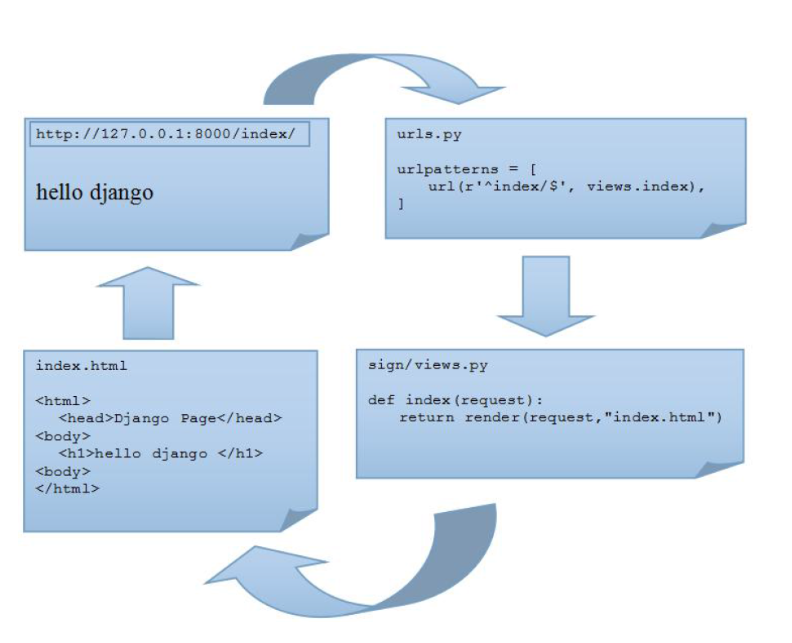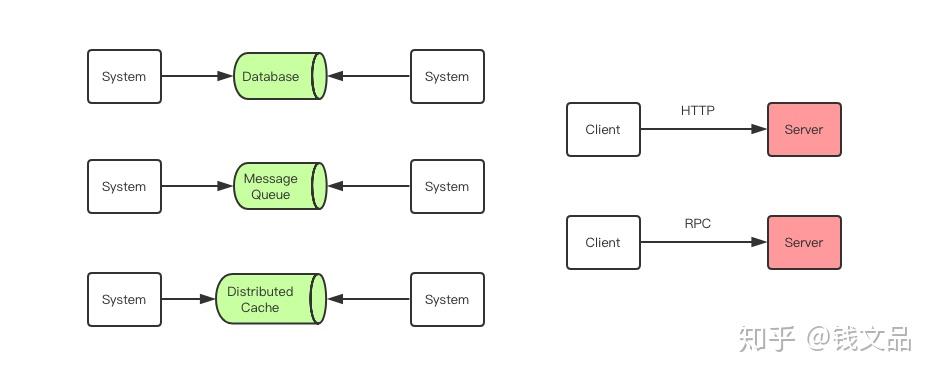I am relatively new in optimizationa nd I am trying to optimize a problem (from a pas class in Coursera, 2 years ago) about Warehouse Location. The problem is, its been more than 6 hours and its still running on an instance with 100 warehouses and 1000 customers.
The problem is the following. I have a set of warehouses that I can either open or not. Opening each of them has a cost s_w. Also, they all have a maximum capcity, cap_w. On the other side, there is a bunch of clients, all of them have to be connected to one (and only one) open warehouse. Each of them has a demand d_c and for each of the clients, there is a transportation cost from each warehouse t_wc. What I want, is obviouly, to minimize the total cost.
So, I have an array of size equal to the total number of warehouses called x. Each x[w] is a integer {0,1} defining if warehouse w is open or not. I also have a matrix of 0s and 1s defining which warehouse delivers each customer. there is, therefore as many rows as customers and as many columns as warehouses. The matrix is called y. y[c][w] is 1 if waregouse w delivers customer c, 0 otherwise.
So far so good. This is supossed to be an MIP problem. To code it, I do it un Python using the PuPL lib(https://pythonhosted.org/PuLP/pulp.html) and the GLPK to solve it.
Now, here is my model:
#!/usr/bin/python
# -*- coding: utf-8 -*-
from pulp import *
def solveIt(inputData):
# parse the input
lines = inputData.split('\n')
parts = lines[0].split()
warehouseCount = int(parts[0])
customerCount = int(parts[1])
warehouses = []
for i in range(1, warehouseCount+1):
line = lines[i]
parts = line.split()
warehouses.append((int(parts[0]), float(parts[1])))
customerDemands = []
customerCosts = []
lineIndex = warehouseCount+1
for i in range(0, customerCount):
customerDemand = int(lines[lineIndex+2*i])
customerCost = map(float, lines[lineIndex+2*i+1].split())
customerDemands.append(customerDemand)
customerCosts.append(customerCost)
x = [LpVariable("x"+str(w),0,1,cat='Integer') for w in range(0,warehouseCount)]
y = [[LpVariable("y"+str(c)+","+str(w),0,1,cat='Integer') for w in range(0,warehouseCount)] for c in range(0,customerCount)]
prob = LpProblem("Warehouse Location",LpMinimize)
#Constraints
# y_cw <= x_w makes sure that no client is delivered by a closed warehouse
for w in range(0,warehouseCount):
for c in range(0,customerCount):
prob += y[c][w] <= x[w]
#A client is served by exactly one warehouse
for c in range(0,customerCount):
affineExpression = []
for w in range(0,warehouseCount):
affineExpression.append((y[c][w],1))
prob += LpAffineExpression(affineExpression) == 1
#For each warehouse, the sum of demand of all the clients it serves is lower than its capacity
for w in range(0,warehouseCount):
affineExpression = []
for c in range(0,customerCount):
affineExpression.append((y[c][w],customerDemands[c]))
prob += LpAffineExpression(affineExpression) <= warehouses[w][0]
#Objective
#The sum of all the warehouses opening plus the transportation costs has to be minimal
affineExpression = []
for w in range(0,warehouseCount):
affineExpression.append((x[w],warehouses[w][1]))
for c in range(0,customerCount):
affineExpression.append((y[c][w],customerCosts[c][w]))
prob += LpAffineExpression(affineExpression)
print "#######################START SOLVING"
status = prob.solve(GLPK(mip=1,msg = 1))
print LpStatus[status]
for w in range(0,warehouseCount):
print value(x[w])
solution = []
for c in range(0,customerCount):
string = ""
whichOne = -1
for w in range(0,warehouseCount):
string += str(value(y[c][w])) + " "
if value(y[c][w]) == 1:
whichOne = w
solution.append(w)
print string+ " "+str(whichOne)
# calculate the cost of the solution
obj = sum([warehouses[x][1]*x[w] for x in range(0,warehouseCount)])
for c in range(0, customerCount):
obj += customerCosts[c][solution[c]]
# prepare the solution in the specified output format
outputData = str(obj) + ' ' + str(0) + '\n'
outputData += ' '.join(map(str, solution))
return outputData
I know the way I build the matrix is not optimal, but it really isnt taking too long. It started solving and at some point I reached a point where GLPK said:
OPTIMAL SOLUTION FOUND
Integer optimization begins...
I believe that means it solved the LP, and now its getting it integer... but its been like 6 hours or so and its been progressing, and still is, but doesn't finish. In smaller instances, it worked fine.
My question, I guess is... Is there something wrong with my model? Some optimizations I forgot? OR is this problem just that huge?
Also, about the computer, its quite a poor one: Intel Atom and 1GB of RAM only...
Thank you for your help!
EDIT: Here is the date: https://github.com/ddeunagomez/DiscreteOptimization/blob/master/04_warehouse_location/warehouse/data/wl_100_1 the format is:
NumberOfWarehouses NumberOfCustomers
CapacityWarehouse1 OpeningCostWarehouse1
CapacityWarehouse2 OpeningCostWarehouse2
.....
CapacityWarehouseN OpeningCostWarehouseN
DemandCustomer1
TransportCostW1_C1 TransportCostW2_C1 ....... TransportCostWN_C1
DemandCustomer2
TransportCostW1_C2 TransportCostW2_C2 ....... TransportCostWN_C2
.....
DemandCustomerN
TransportCostW1_CM TransportCostW2_CM ....... TransportCostWN_CM




